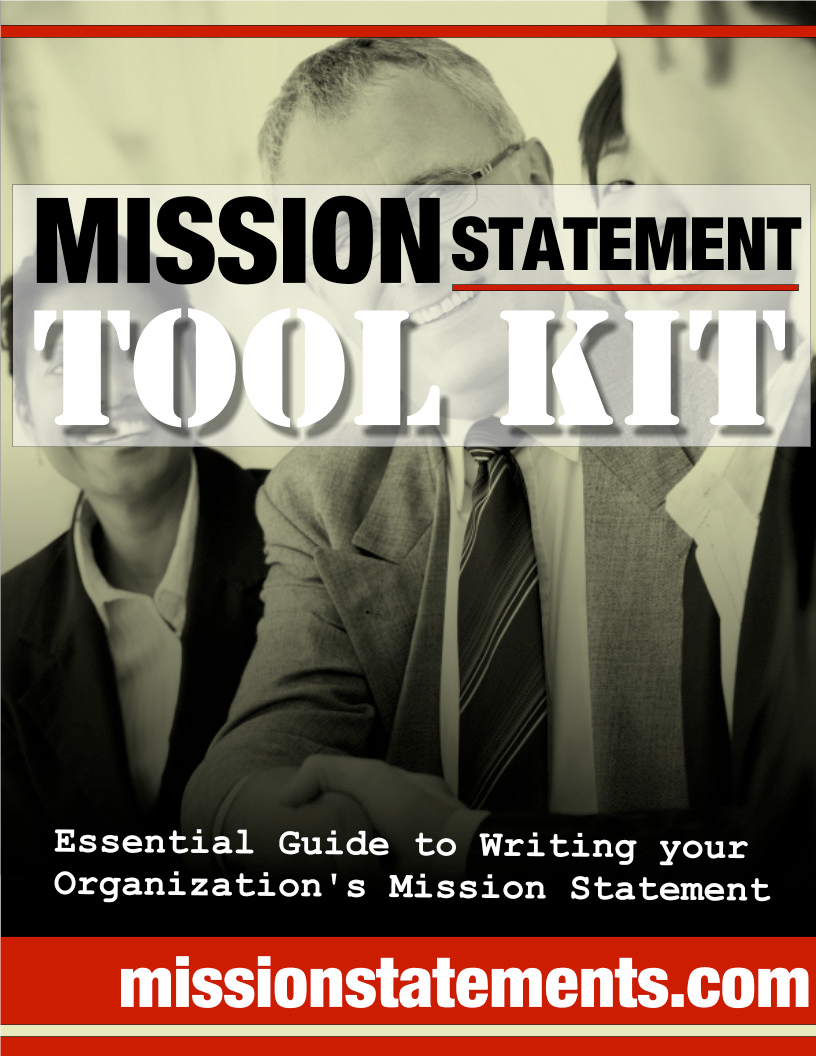Quips, quotes, and memes about success versus failure are everywhere you turn. Most people over twenty understand that not succeeding at something, i.e., failure is inevitable. This does not make it easy to grapple with personal failures. Rack up too many failures, and it becomes hard to muster the confidence to try again.
When it comes to a business or personal goal, there are four main reasons people fail.
Many factors go into situations where the desired growth or outcomes don’t materialize from economic conditions, time and place misalignment, lack of energy or money to press on, and more. So, it’s important to assess the factors in play with yourself and trusted partners, friends if possible. Talk about it. Write it down.
Yet, one or more of the reasons you didn’t get a win is within your control.
Number One – Counting the Cost
People need to count the costs of succeeding accurately. On the one hand, you don’t know what you don’t know. On the other hand, however, there’s also getting in a hurry to finish the business plan or get on to implementation. Entrepreneur-type people often need help to do the research.
Take the time to research the time and money it will take to achieve the goal. Are you willing to risk all that? Are you that passionate about doing this? What else could you be doing if this project was put aside?
As Daniel Defoe’s Robinson Crusoe said, “And now I saw, tho’ too late, the folly of beginning a work before we count the cost; and before we judge rightly of our strength to go through with it.”
Seth Godin has an entire book on when to quit called The Dip: A Little Book That Teaches You When to Quit . “At the beginning, when you first start something, it’s fun. Then, over the next few days and weeks, the rapid learning you experience keeps you going. Whatever your new thing is, it’s easy to stay engaged in it. And then the Dip happens. The Dip is the long slog between starting and mastery. A long slog that’s a shortcut because it gets you where you want to go faster than any other path.”
But you’ll never make it through the Dip if you don’t consider the cost in time, energy, and money.
Number Two – Attitude
Two default attitudes can get in the way of learning from failure. “I didn’t really expect it to work anyway” or “They didn’t do what was promised/expected.”
These two attitudes have many variations, but it boils down to an internal or external blame mindset.
Don’t go there.
Shane Parrish, The Knowledge Project says, “When people’s actions have outcomes that don’t align with how they see themselves, they tend to insulate their egos by blaming other people or unfavorable circumstances. Phrases like, “It was a great idea just poorly executed,” “We did the best we could,” and “We never should’ve been in this situation in the first place,” are often manifestations of this self-preserving tendency.”
Some of the internal and external blame attitudes are probably true. You may have needed more time to be ready or put in more effort. Likely someone or many people didn’t come through or even outright did you wrong. Assess and move on. Learn from it. Don’t ruminate and resent. Accept reality and look for signs pointing to the next step.
“Winners quit all the time. They just quit the right stuff at the right time.” – Seth Godin
Number Three – Going it Alone
It may feel like there’s no one willing to get in your corner and help bring a dream to life. On the other hand, you may have to set out alone on a path to achieving something big. But no one achieves and maintains success alone.
You can only acquire some of the skills needed; even if you could, there would not be enough time to implement everything. There’s also the need for accountability partners – people that will tell you the truth and want you to succeed.
Finding people to help you succeed by lending their skill and time or in encouragement might be one of the most complex parts of getting to success. Thinking you can do it all alone will surely lead to a sense of loneliness, whether celebrating a win or picking up the pieces after a failure.
Number Four – Recovering from Failure
Mike Sarraille has a new book out called The Everyday Warrior, he dedicates an entire chapter to failure.
He says, “You are going to fail. It is that fear of failure that holds most [people] back from even stepping into the arena and accepting the risk to try new things. Failure is a beautiful process. Learn to love it because it’s actually an integral part of achieving success. Remember – it’s only at one’s mental, emotional and physical limits does true learning take place. No risk, no reward.”
The earlier in life you experience failure and learn how to get up, and face the reality of it and the consequences, the more muscle you will build for having the guts to take risks and weather the effects of failure. This is why many leaders rail against the helicopter parenting style or the “everybody gets a trophy” mindset.
Author Michele Borba, Ed.D, writes, “Children become more tolerant to frustration when they are exposed to setbacks in small doses. That way when those bigger challenges come along, they realize they can handle them. While that trophy may make a kid feel “special” in the moment, it doesn’t endure. Real self-esteem is gained from praise, pats on the back or trophies that are earned, and kids are quick to recognize they did nothing to warrant the award.”
In real life, sometimes you don’t get a “trophy” even if you did succeed. The fruits of pressing into goals and not quitting prematurely often take many years to materialize in ways that people can process as success. In the middle of failure, it may seem like a total loss and something you’ll never recover from, but that is not true if you are still breathing.


